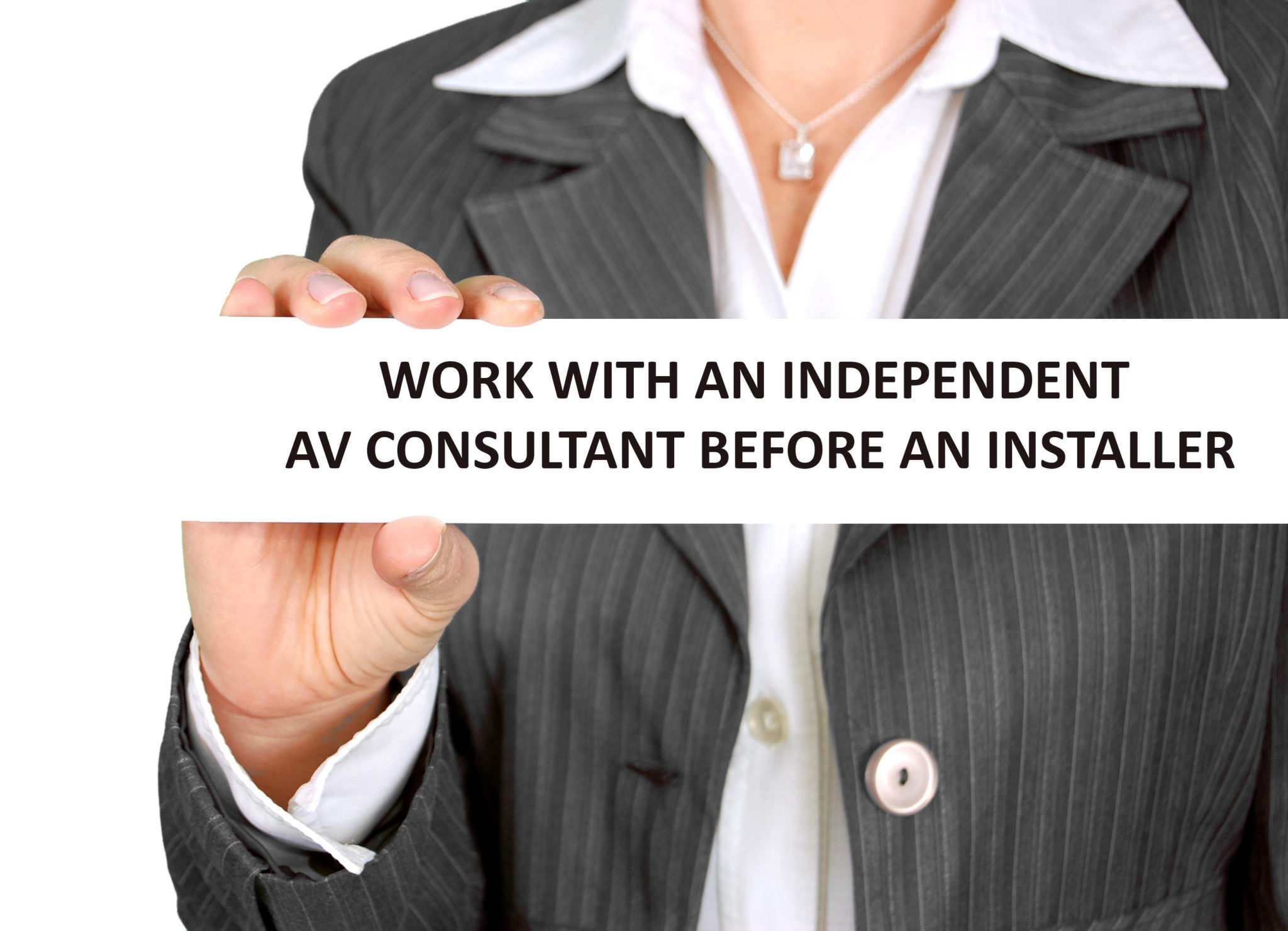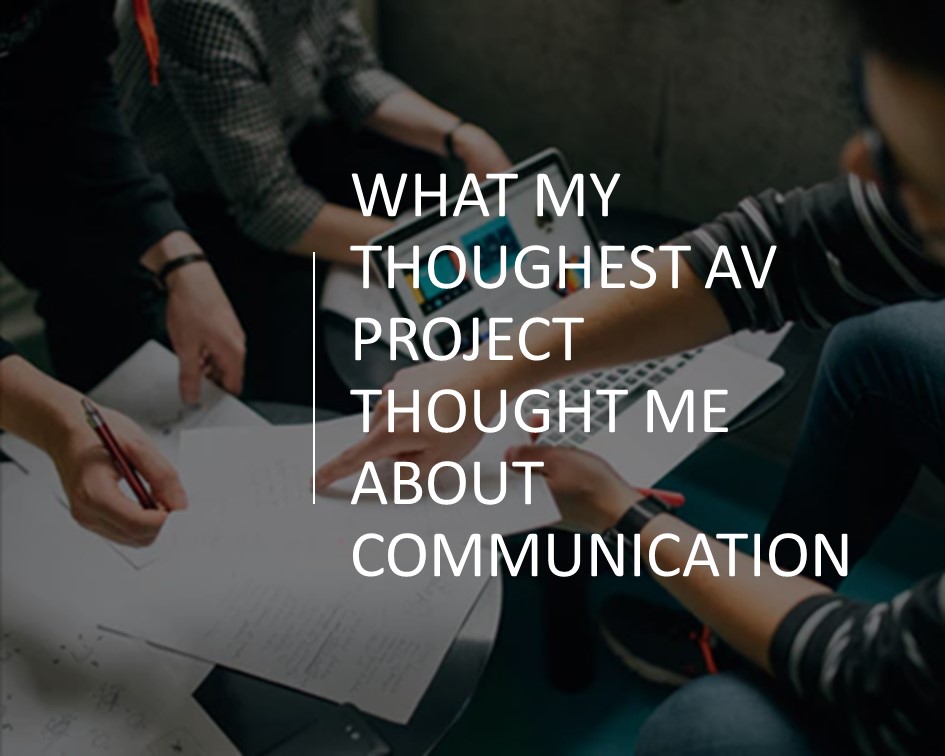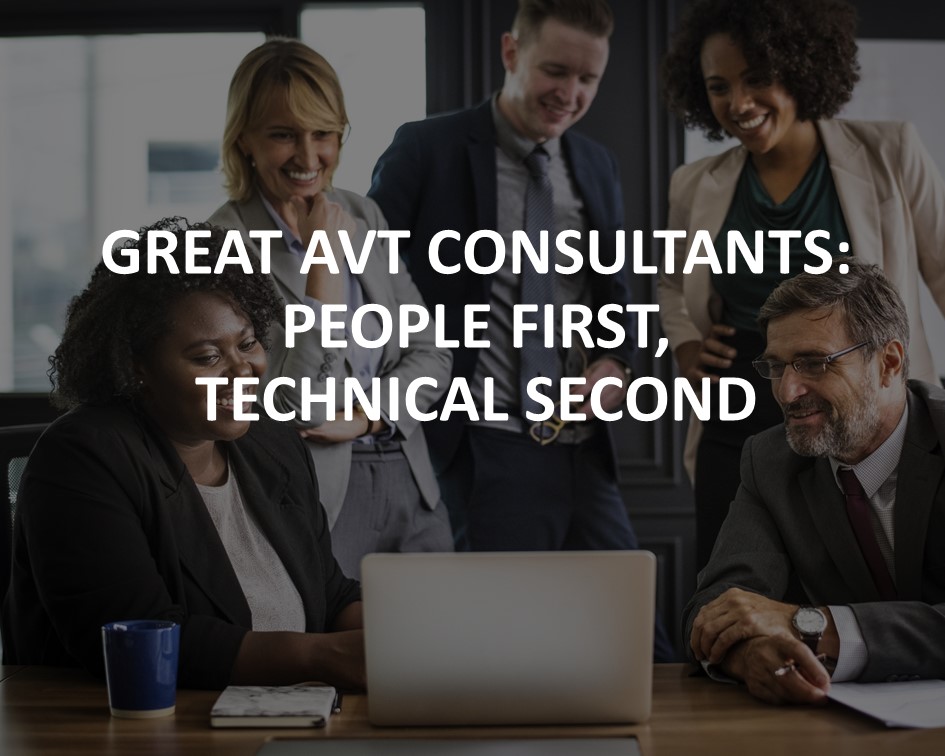Written by: Fae Sarshoghi
Back in elementary school, when I was 8 years old, my grandmother gave me a pair of socks as a gift. The socks were dark brown. My mother didn’t like them, but God I loved the texture, the embroidery and above all that, the length of those socks. They were knee length, can you imagine that? First time I wore them I felt a miracle happened in my soul and my body. I had suddenly become a grown woman. Who else would wear a knee length brown pair of socks? You’re right, my grandmother would. But this time she had decided not to, and instead gave them to one of her youngest grandchildren. I wanted to wear them every day, and this could have driven my mom really mad. Finally to convince me giving up the idea of wearing them at school, she told me they didn’t match the colour of my school uniform. That sounded fair enough. I finally dropped the idea of wearing my grandma’s socks at school, but the thought of what colours would suit those pair of socks didn’t leave me for quite a long time. I still think of those brown socks. Actually I think of them every time I sit in a meeting room looking at black tv sets, black phones, black ugly pieces of technology that resist matching their surroundings.
Why most of the technology pieces are in black, some might ask. The question is what is the alternative? Not every company and organisation has the luxury of choosing colour of their technology equipment based on the colour theme of the room it’s going to be installed in. Even the idea of it sounds crazy. Imagine Samsung decides to brighten up our meeting rooms with Yellow tv frames. How many of it do they have to produce? In what regions should it be distributed? Insane, isn’t it! How about custom made tv sets with whatever colour the customer chooses! The impossibility of the idea sounds obvious, but I want to emphasise how our colour options are limited when it comes to technology pieces. However, we have unlimited options to make those ugly black pieces, look nicer in a room.
My brown socks had a strong colour, but as a kid, if I were a bit more creative I could have still matched them with my steel blue elementary school dress, wearing a pair of calypso blue shoes, a beige hat with brown ribbon, and probably a pair of orange gloves. I could’ve even got my mom to change my uniform buttons to orange. Fancy that!
The point is, there is no colour on the colour palettes that can’t be matched with a set of other colours. I don’t actively work in design, but my hunger for art and fashion has turned me into someone who is super-sensitive to how things look. With that said, working in AV industry is the most exciting job I have ever had throughout my career life. Seeing all the effort that goes behind the scene to keep these ugly black pieces of technology work properly, makes me think what can bring the beauty of Audio Visual Technology design more into the surface, and more sensible for people seeing it.
For sure, the beauty of AV design first of all lies in the simplicity of user experience, then comes the aesthetics. But I think that our technologically advanced world is now allowing for aesthetics to enter the territory of engineering design, more than ever before. The secret is in starting to think about the AV technology design as early as possible in a project. Best Interior Designers are those that see a space not the way they like it to be, but the way it functions the best. A conference room, first of all is made for conferences, and therefore depends on a number of technology equipment. Best Interior Designers, make sure they have consulted with professional AV engineers and understand their technology options before they start to design the space.
When I started to write this article, I asked an Architect friend of mine what he thinks about these black pieces of technology, he said “Thank God, they are not made in colour. I prefer grey tones for them”.
I believe there are many ways to help the technology equipment make peace with other elements of design, and their blackness to work in harmony with other colours in a room. One way is by using black as an accent colour in the design of an AV capable room, to considerably reduce its heaviness and make the technology pieces blend into the whole colour theme of the design. We can even consider painting the ceiling black and then repeating the colour through the room to balance it. Obviously, there is not one single colour solution that works in every room. The key is in knowing that by engaging the AV specialist early on in the design process, it is POSSIBLE to have an AV system in place that functions well and looks aesthetically pleasing.





